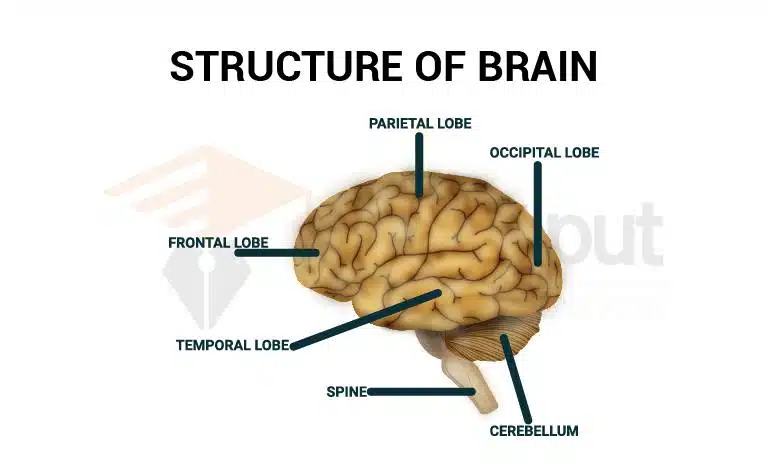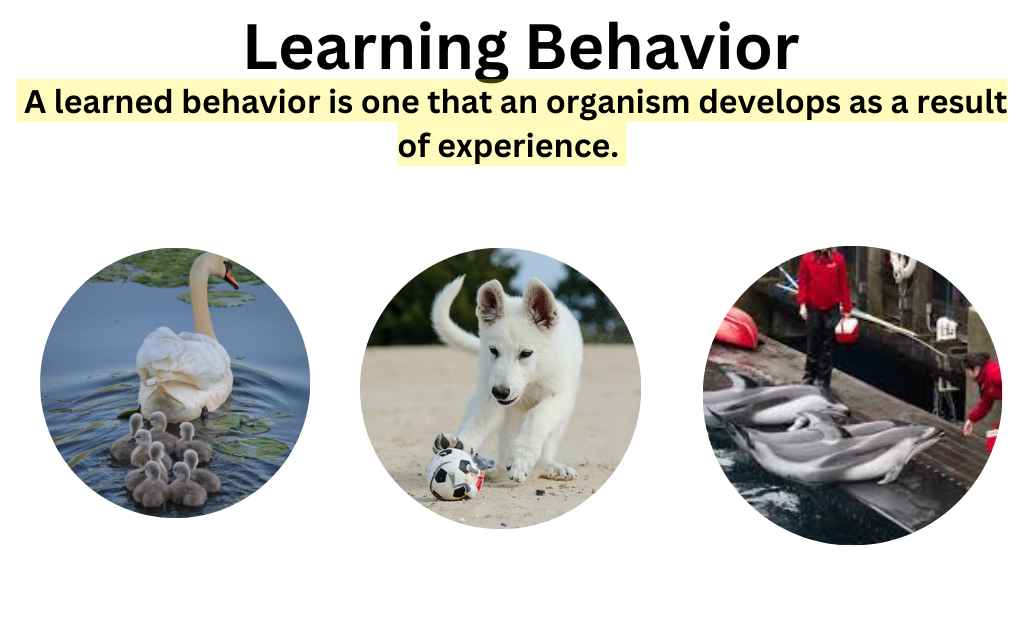Lobes of the Brain-What Do They Control?
The brain is the central nervous system (CNS) of the body. It controls our senses, thoughts, emotions, and actions. It also helps us remember things, control muscles, and regulate our sleep cycles.
The brain has three main parts: the cerebrum, the cerebellum, and the brainstem. Each part performs specific functions. For example, the cerebrum controls higher cognitive processes such as thinking, memory, language, and reasoning. The cerebellum coordinates movement, balance, and posture. And the brainstem regulates vital bodily functions such as breathing, heart rate, blood pressure, and digestion.
Lobes of the Brain
Each brain hemisphere (parts of the cerebrum) has four sections, called lobes: The brain consists of four lobes, each responsible for a specific function. These include the frontal lobe (responsible for decision making), temporal lobe (responsible for memory), parietal lobe (responsible for sensory perception), and occipital lobe (responsible for vision).
For example, the frontal lobe performs the following functions;
it is responsible for higher cognitive processes such as decision-making, problem-solving, and reasoning. The temporal lobe is involved in memory and learning. The parietal lobe helps us perceive our environment and coordinate movements.
Frontal Lobe
The frontal lobe is The largest lobe of the brain. It is located in the front of the head. the frontal lobe is involved in the following functions;
- Personality characteristics
- Decision-making and movement
- Recognition of smell
- The frontal lobe contains Broca’s area, which is associated with speech ability.
Parietal Lobe
It is located in The middle part of the brain. the parietal lobe helps a person in
- Identification of objects
- Understanding spatial relationships (where one’s body is compared with objects around the person).
- The parietal lobe facilitates the interpretation of pain and touch in the body. The parietal lobe contains Wernicke’s area, which helps the brain understand spoken language.
Occipital Lobe
The occipital lobe is the present back part of the brain. It is involved with vision.
Temporal lobe
The sides of the brain and temporal lobes are involved in
- Short-Term Memory,
- Speech,
- Musical Rhythm,
- Some Degree Of Smell Recognition.
- Auditory information
The temporal lobe contains the primary auditory cortex. This auditory cortex receives auditory information from the ears and then processes the information. thus we can understand what we’re hearing.
Role In Vision
Certain areas in the temporal lobe make sense of complex visual information including faces and scenes.
Role In Memory
the temporal lobe contains the hippocampus which is a region of the brain which is important for memory, learning, and emotions.






Leave a Reply